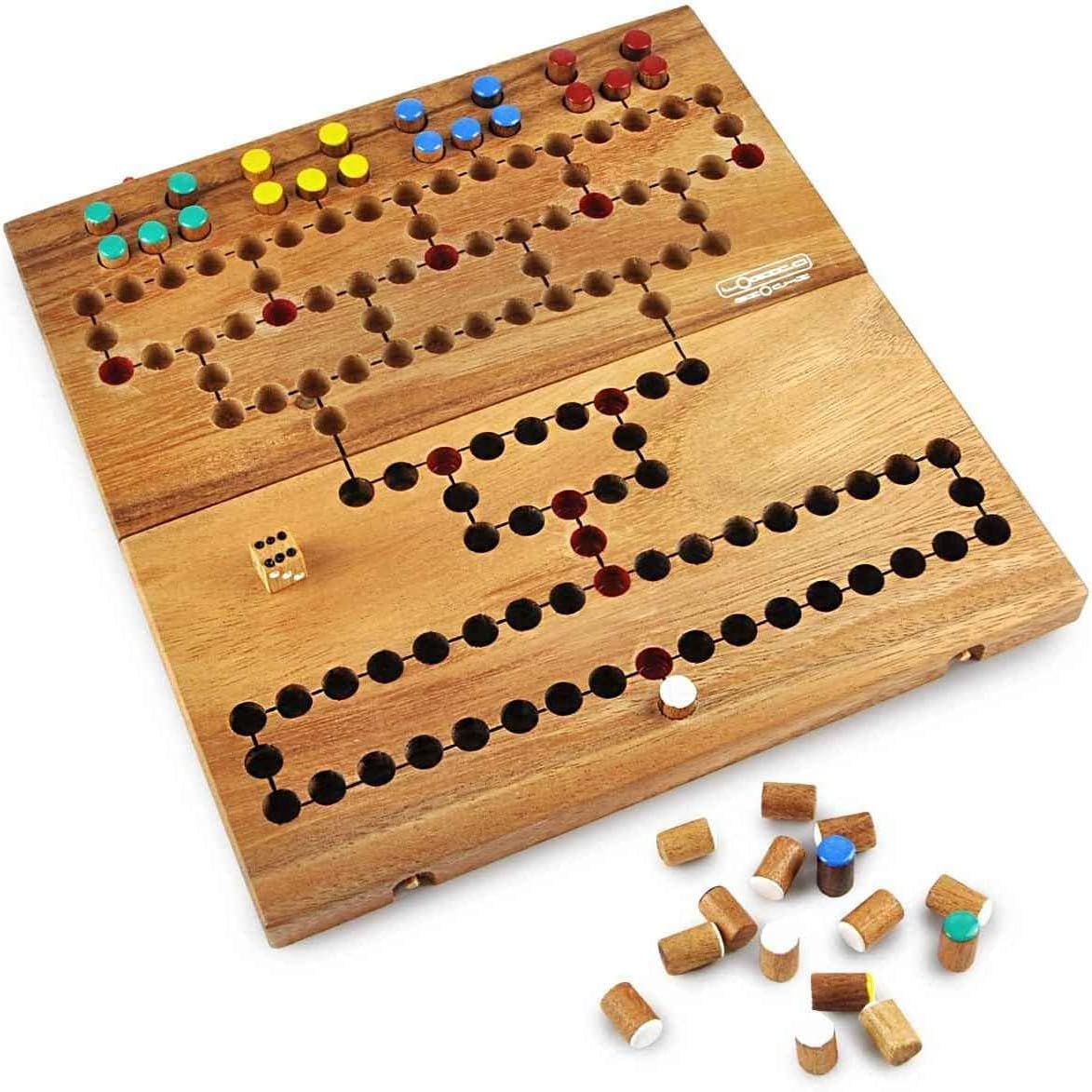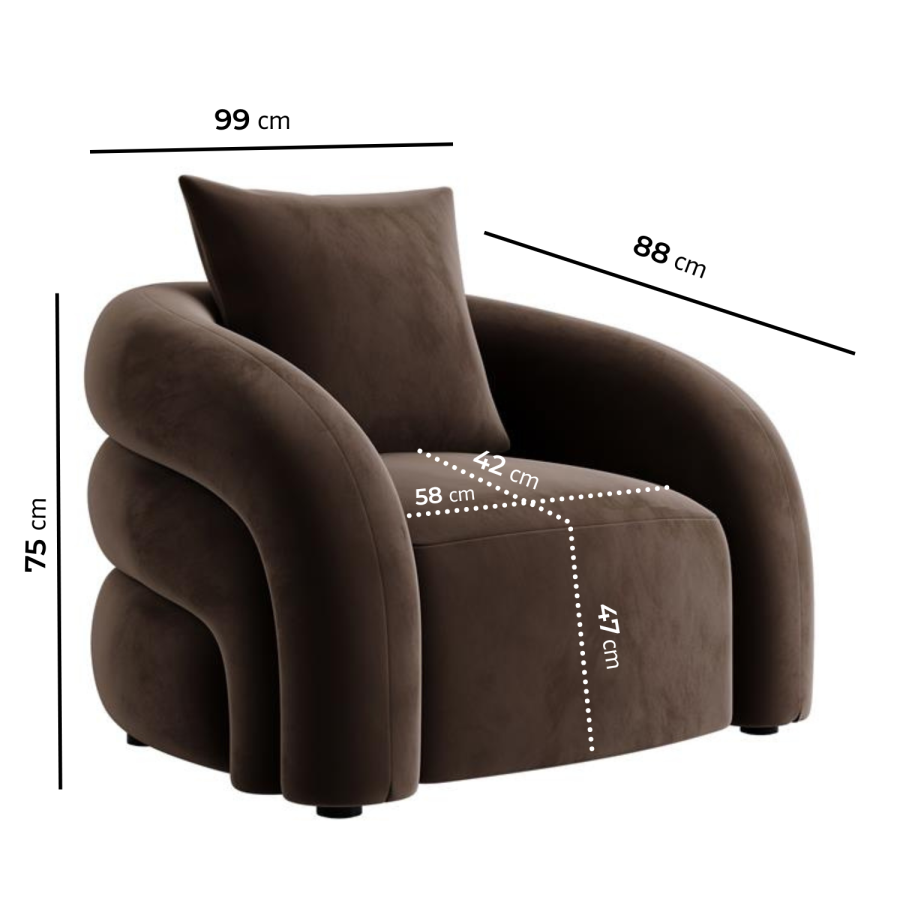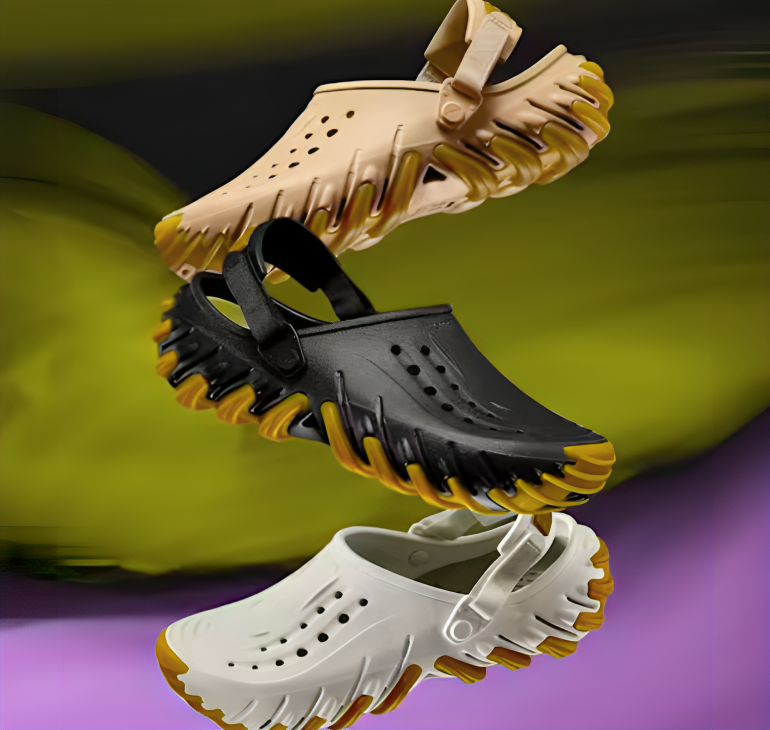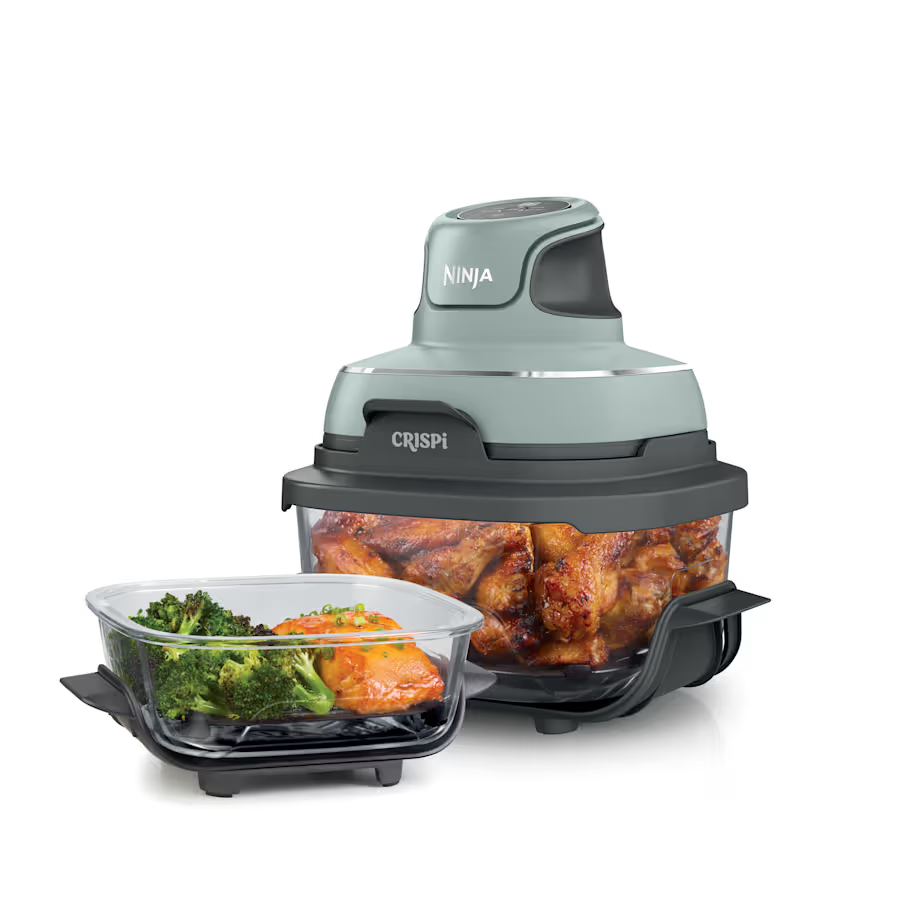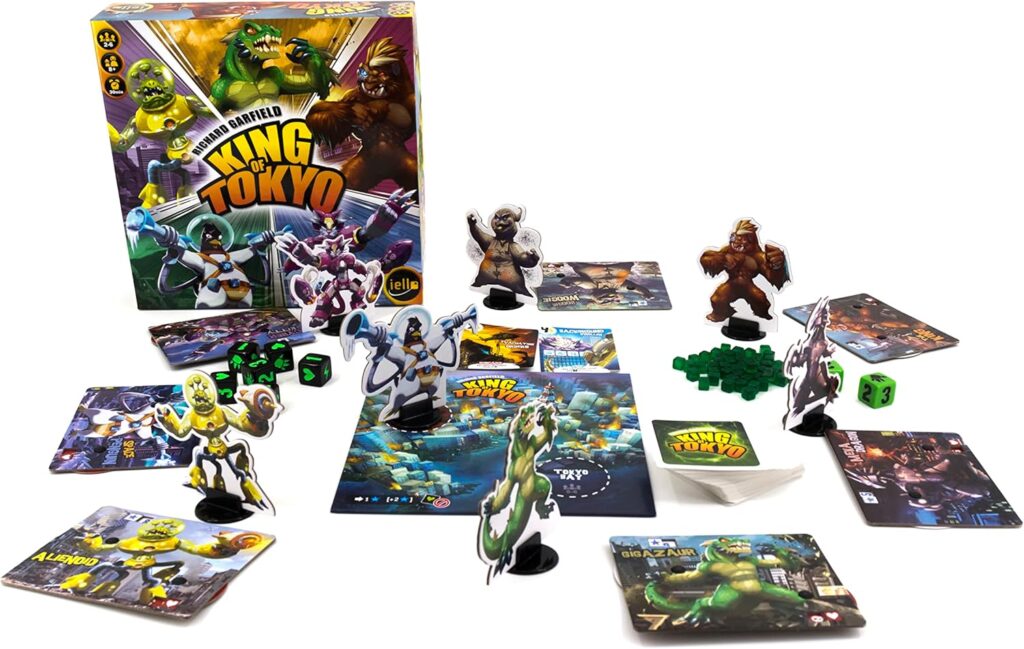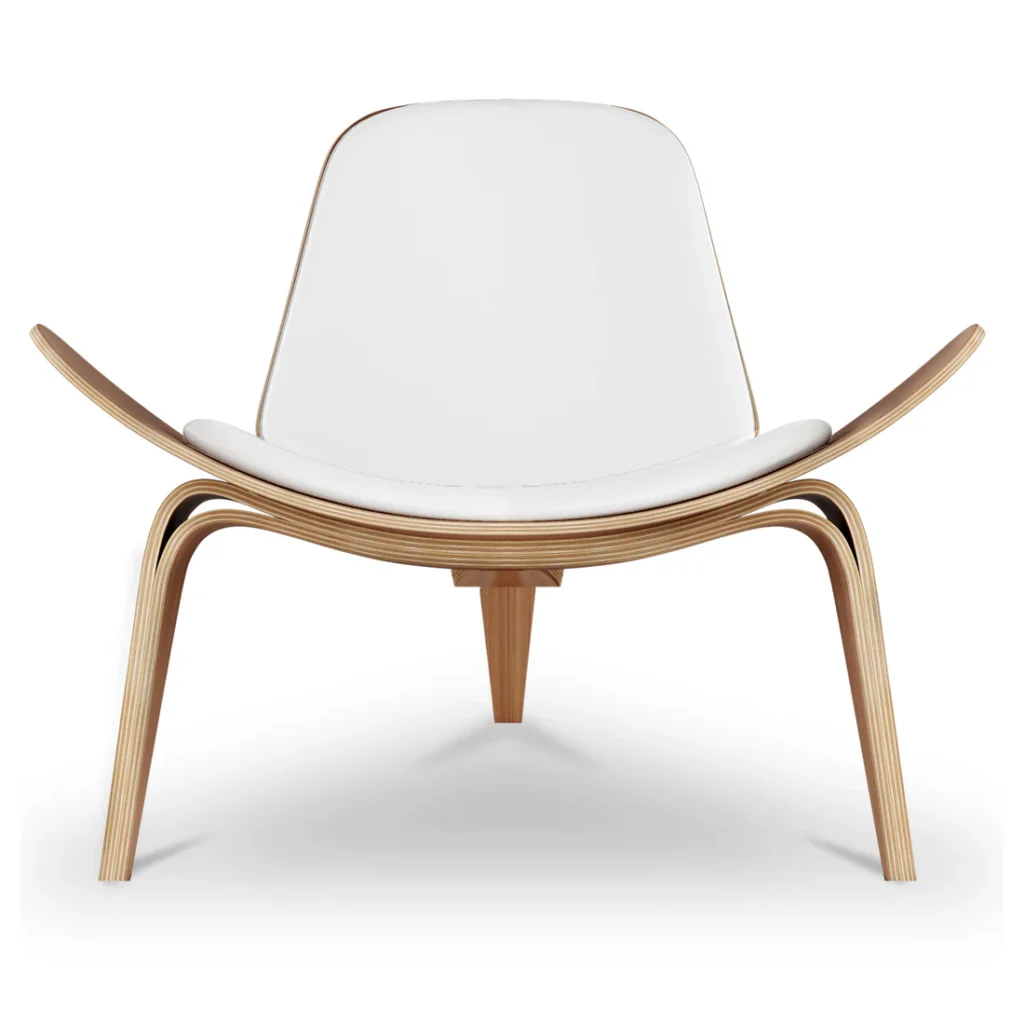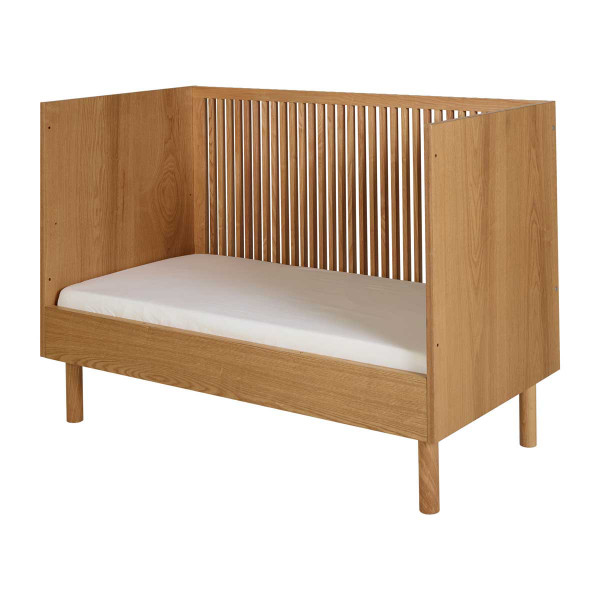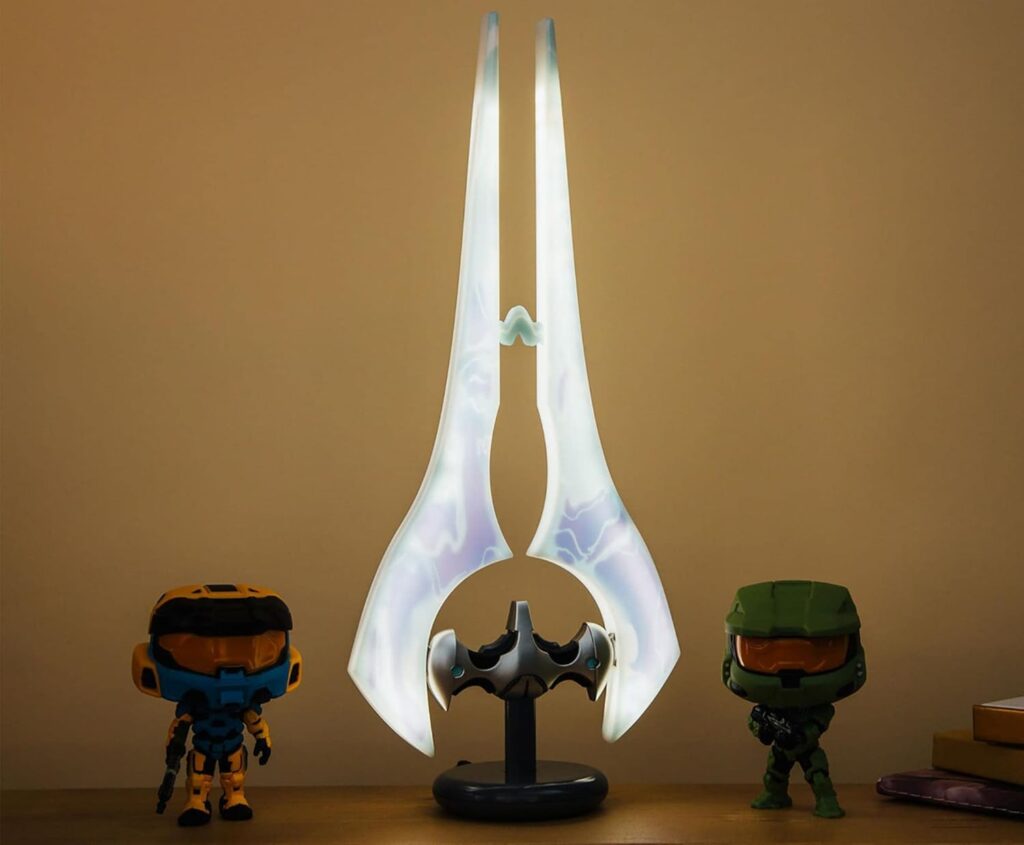Family game night gets noisy. Phones ping, rules sprawl, and attention drifts after ten minutes. In this article, we’ll help you build a zero-fuss, high-focus play session that’s equal parts fun and brain boost — using the Logica Puzzles Art set as a centerpiece for tactical thinking, problem-solving, and that “just one more round” energy.
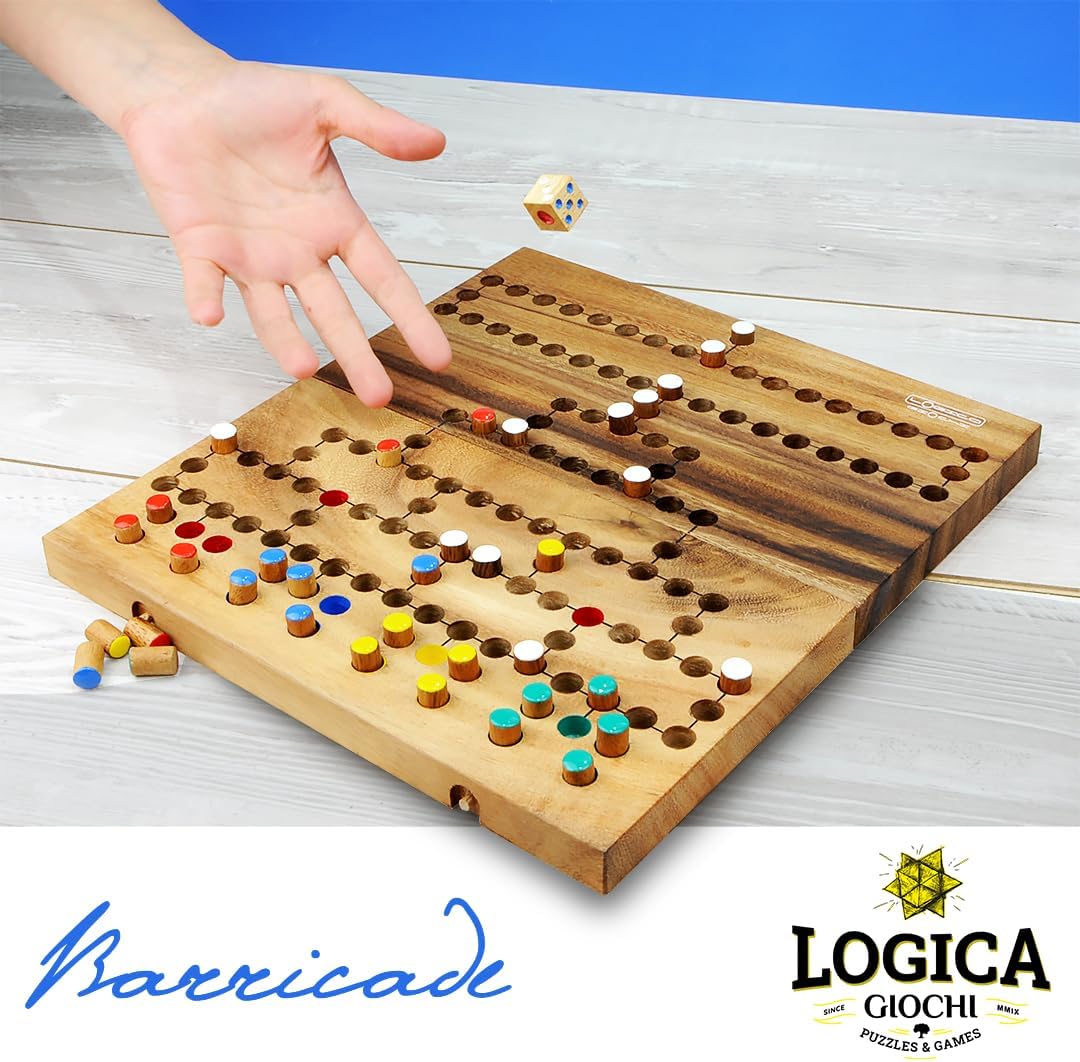
What Makes Logica Puzzles Art Different (And Why Your Table Needs It)
Plenty of puzzle games promise brain training; few stay interesting past the first play. The Logica Puzzles Art collection stands out because it blends the crisp clarity of abstract strategy with a tactile, design-forward board that invites replay. You don’t need lore, decks, or app tie-ins — just a handful of pieces, a striking board, and a rule set that scales from beginner-friendly to quietly devious. It’s the rare game that works at 7 p.m. on a school night and at midnight with a coffee-fueled duel.
Beyond looks, the brilliance is in the tempo. Turns are short, feedback is instant, and the board state tells a story at a glance. Kids see cause and effect; adults see emerging patterns and long-term lines. That balance is what turns a hobby into a habit.
Teach It in Five Minutes: The On-Ramp for Every Player
The fastest way to lose a new gamer is a 20-minute monologue about rules. With Logica Puzzles Art, opening the box is basically the tutorial. Start with a tiny objective — move, block, advance — and add one wrinkle per round. You’ll notice that even first-timers start narrating their intent: “if I do this, you’ll be forced there… unless…” That out-loud reasoning is gold; it shows players are internalizing the system rather than memorizing exceptions.
A sample teach flow:
- Explain the goal in one sentence.
- Demo two legal moves and one illegal move.
- Play three “practice turns” face-up, discussing options.
- Reset and go live.
By the five-minute mark, everyone is playing on instinct — the hallmark of great design.
Cognitive Gains Without the Worksheets
Parents love puzzles for the brain benefits; kids love them for the win. The best designs serve both. With Logica Puzzles Art, players practice:
- Planning & Foresight: Looking two or three turns ahead to avoid traps.
- Spatial Reasoning: Visualizing pathways, blocks, and choke points.
- Working Memory: Tracking both your plan and your opponent’s likely reply.
- Cognitive Flexibility: Abandoning a sunk plan the moment the board shifts.
Unlike worksheets, the scoreboard keeps motivation high. Each micro-win (escaping a blockade, creating a fork) pays off immediately, so attention stays engaged long after homework energy would have crashed.
Table Presence: Why Aesthetic Design Improves Play
There’s a reason beautiful games get played more: they sit out, they call to you, and they feel good under the fingers. The “Art” in Logica Puzzles Art isn’t decoration — it’s function. High-contrast lanes make legal routes pop; sculpted pieces signal identity from across the table; and a balanced color palette reduces visual fatigue during thinky turns. The board doesn’t just host decisions; it clarifies them.
Design matters most for new or younger players. When the board state is legible, they spend less energy decoding the scene and more energy exploring tactics. That’s how you get longer, calmer sessions.
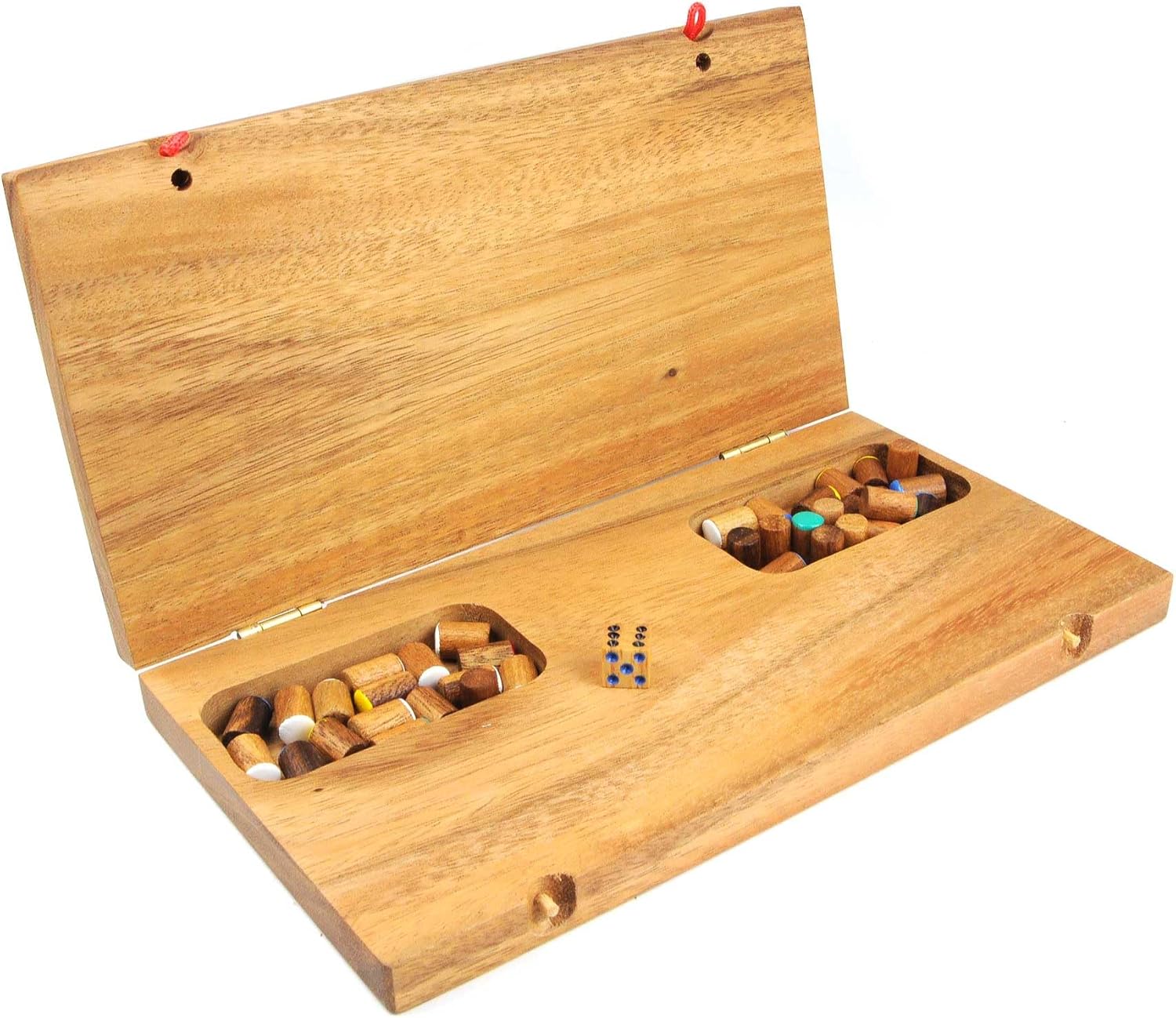
Two Ways to Play: Gentle Learner Mode vs. Tactical Duel
One box, two moods. Here’s how to tune the experience:
Learner Mode (15–20 minutes):
Start with a smaller subset of pieces, open deployment (no hidden tricks), and a short-track objective. Emphasize movement fundamentals and blocking basics. Perfect for ages 6–8 or mixed-age tables.
Tactical Duel (25–35 minutes):
Use the full complement of pieces, introduce chokepoints, and play to a longer objective with a cap on repeated moves. Add a “no undo” rule to reward commitment. Now the meta emerges: baiting, tempo plays, and late-game gambits.
Coaching Without Backseat Driving: How to Help Kids Think Ahead
You want kids to improve without feeling coached into every move. Try these prompts:
- “What happens if your opponent goes here next?” (anticipation)
- “How many moves until your piece reaches that lane?” (planning)
- “Is there a way to get two threats at once?” (forks)
- “If this plan fails, what’s your backup?” (flexibility)
Prompts keep agency where it belongs — with the player — while nudging them toward deeper lines. Celebrate process, not outcome: “Great spot seeing that block three turns early.”
The Mid-Game: Where Strategy Quietly Becomes Story
Every memorable match has a beat where tension locks in. With Logica Puzzles Art, that usually lands around the halfway mark. Paths have narrowed, options are priced, and neither side can push without risk. This is where the teachable moments live: tempo trades, sacrificial blocks, and the classic “widen the funnel” play — retreating one step to open two routes later. Encourage players to narrate intent in one sentence before moving. It clarifies thinking and cuts regrets.
Balance at the Table: Mixing Ages and Skill Levels
Kids and adults can absolutely share a fair game — you just need mild handicaps that feel like puzzles, not pity. Three easy dials:
- Tempo Tokens: Younger player starts with a one-time “extra step” token.
- Soft Fog-of-War: Stronger player must announce their next threat out loud.
- Short Track: Newer player has a slightly closer objective.
Each tweak preserves the core experience while evening the field. As skills converge, remove handicaps and celebrate that journey.
Speed Variants for Busy Evenings
Some nights you have 12 minutes, tops. Two speed ideas:
- Sudden Routes: First player to create two simultaneous threats wins on the spot.
- Five-Turn Knife Fight: Each side gets five turns total; highest progress toward the goal claims it. Ties go to the player with fewer blocked pieces.
Both variants preserve the essential feel of Logica Puzzles Art while fitting between dinner and dishes.
Make It Social: Mini-Tournament in One Hour
Want a small-group activity that runs itself? Try a round-robin: three-minute turns on a chess clock (or smartphone), best-of-one per pairing, two points per win. Declare a “quiet think” rule during turns and a “one-sentence brag” between rounds to keep the vibe light. Post a sticky note leaderboard on the fridge. In one hour, everyone gets multiple matches and that delicious arc from confusion to competency.
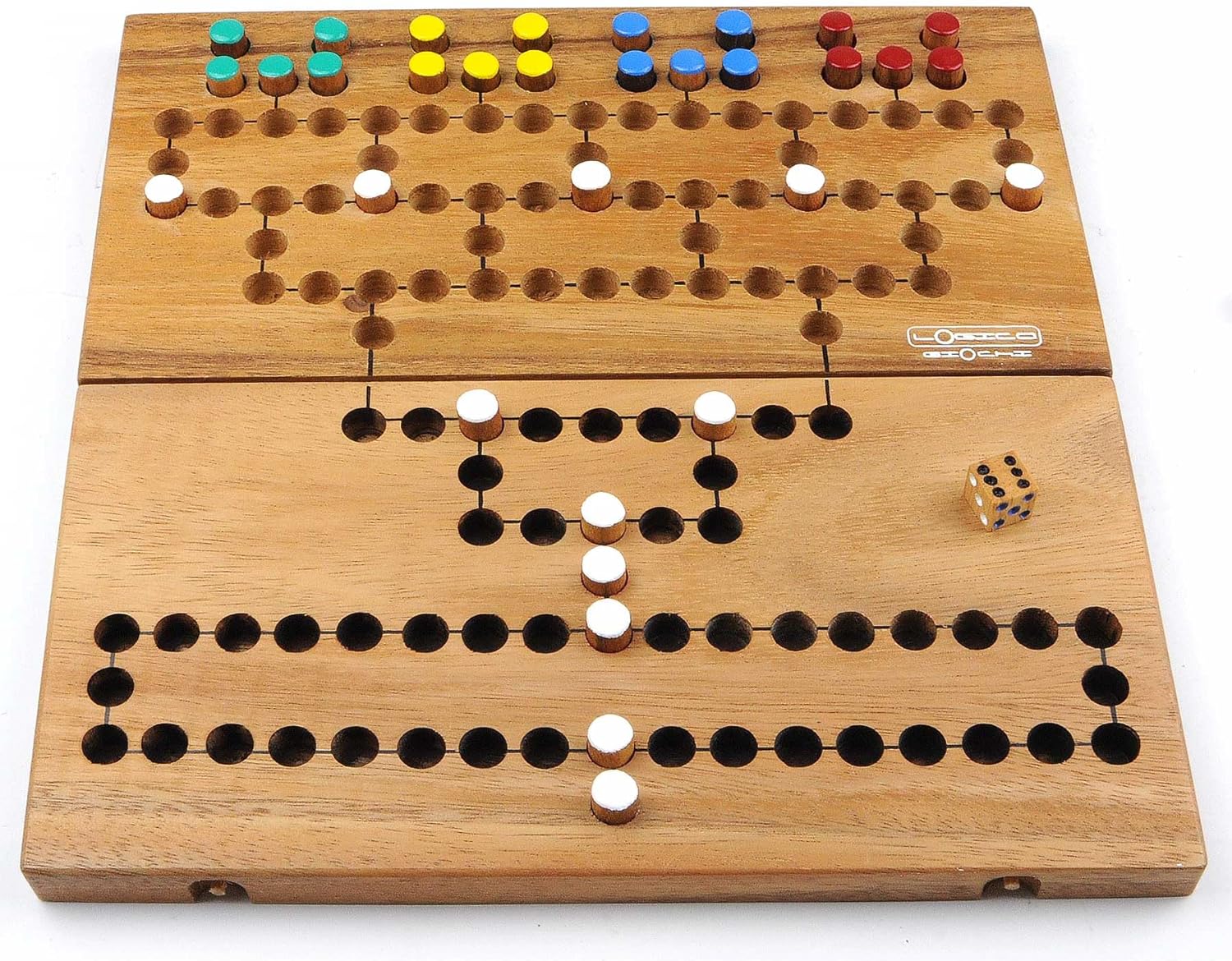
Care, Storage, and Table Etiquette
Keep pieces in resealable pouches by color to speed setup. Wipe the board with a dry microfiber cloth to preserve contrast, and store vertically like a book so it lives on your shelf instead of under the bed. During play, adopt “hands off the board” between turns — it helps players read the position and reduces accidental nudges. A small tray for captured or blocked pieces keeps the field tidy.
Why This Belongs in Your Family Rotation
Game nights thrive when options are varied: one loud party title, one cooperative mission, and at least one thinky tactical experience. Logica Puzzles Art fills that third slot perfectly. It’s quick to teach, deep to explore, and elegant enough to leave out. More importantly, it builds the soft skills that spill into homework, sports, and music practice: pacing, patience, and playful resilience.
Conclusion
Strategy games don’t need lore dumps or 100-card decks to be compelling. With Logica Puzzles Art, the puzzle is the story — a tight loop of plan, test, adapt, and grin. Keep your teach short, your prompts kind, and your tempo brisk, and you’ll find it sliding into weekly rotation without effort. Whether you’re guiding a brand-new player to their first breakthrough or testing your own endgame nerve, this is a box that earns its space on the shelf — and on your table.
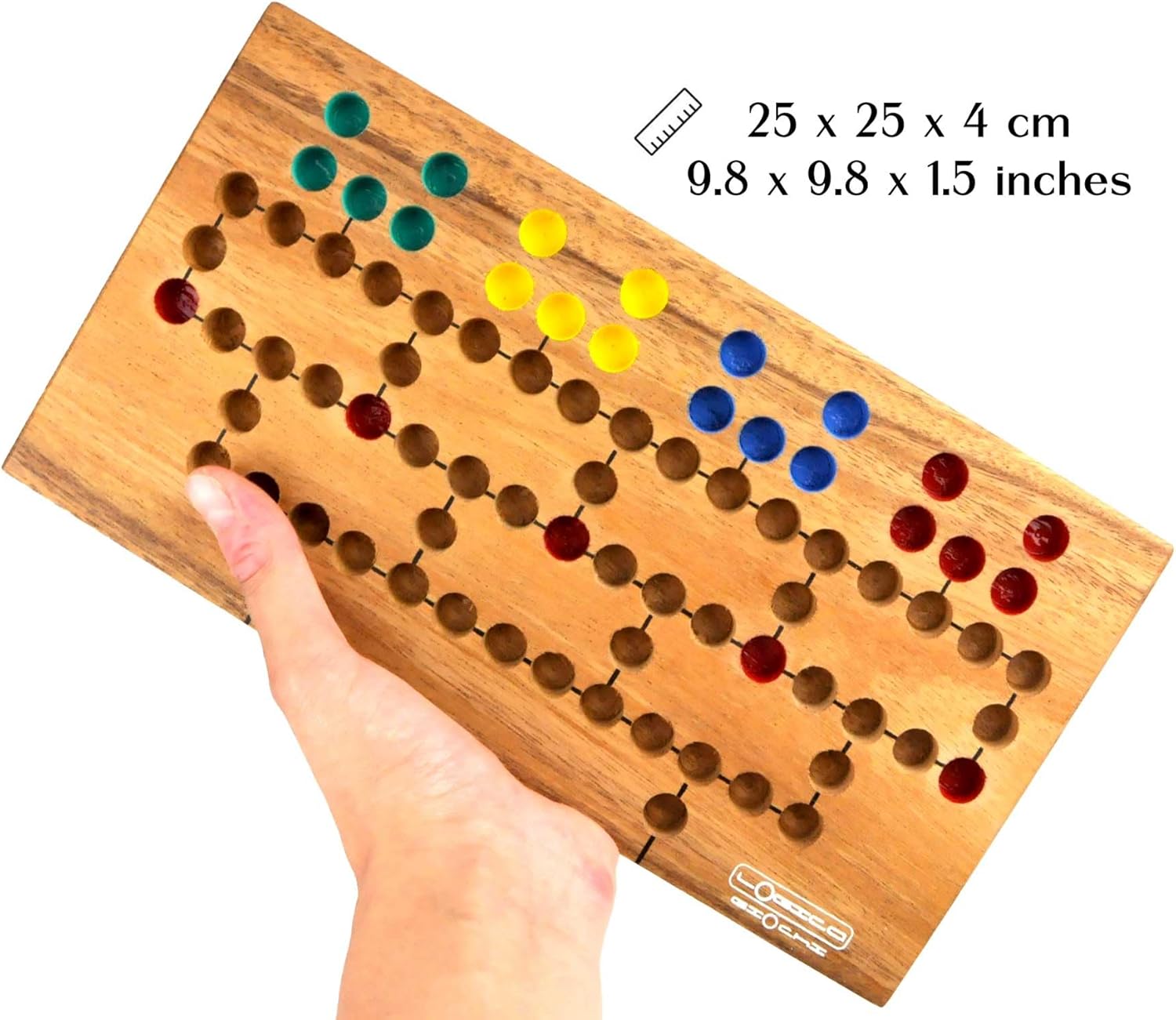
FAQ
- How long does a typical game take?
In Learner Mode, plan for 15–20 minutes; in Tactical Duel, 25–35 minutes. Speed variants can finish in under 12 minutes. - What ages is it suitable for?
Mixed-age friendly. Kids around 6–7 can grasp movement and blocking basics; adults will appreciate deeper lines. - Is there luck, or is it pure strategy?
It’s essentially skill-forward. The tension comes from position, tempo, and foresight rather than dice or card draws. - Can two beginners enjoy it, or do we need a coach?
Two beginners do great with a five-minute teach and face-up practice turns. The board’s clarity accelerates learning. - How do we scale difficulty over time?
Add pieces, extend the objective, or introduce “no-undo” and time controls. Small dials make big differences. - What if one player is much stronger?
Use handicaps like a one-time extra step for the newer player, or require the stronger player to announce threats. - Does it work in classrooms or clubs?
Absolutely. Short turns keep the room moving, and pairs can rotate quickly in a mini-ladder or round-robin format. - Any storage or care tips?
Keep pieces sorted by color in pouches, wipe the board with a dry cloth, and store vertically for quick access.

